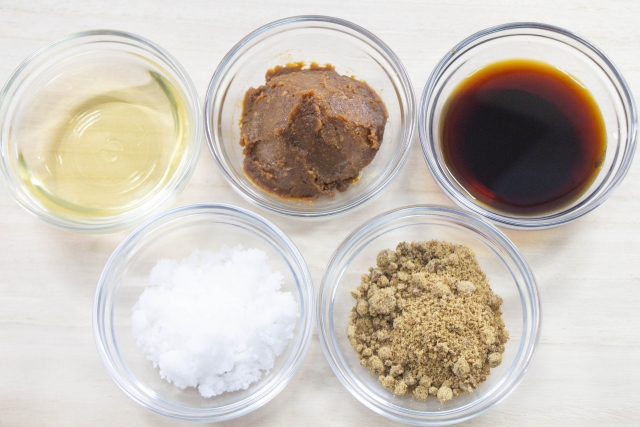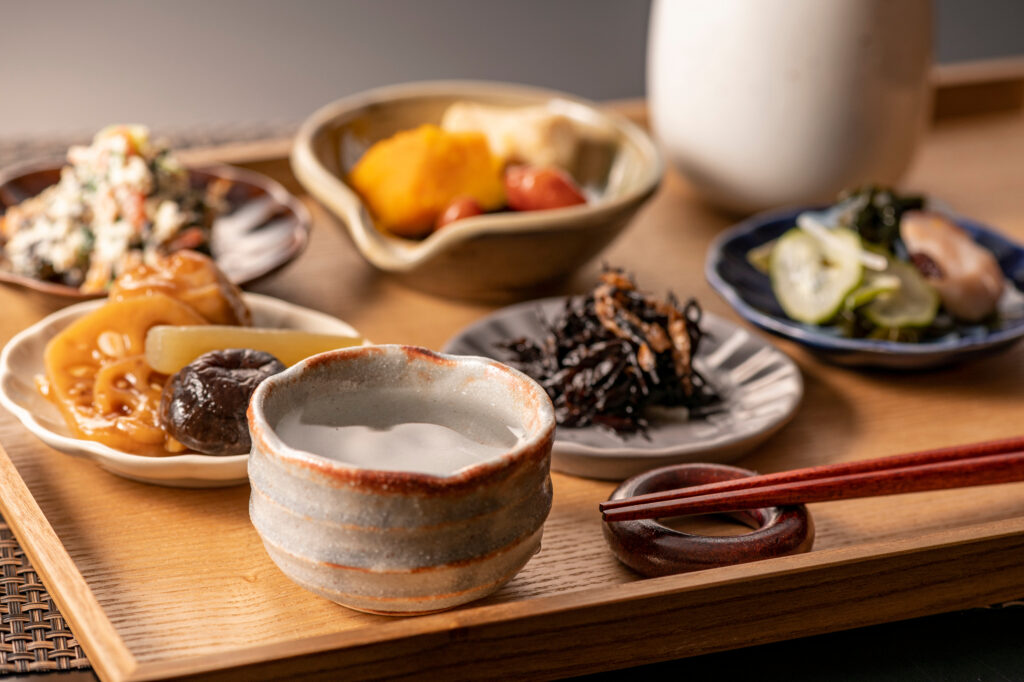Japanese cuisine, also known as “Washoku 和食” in Japanese, uses locally available ingredients such as fish, vegetables, and rice. What sets Japanese cuisine apart is its use of fresh and fermented ingredients. Popular Japanese dishes include miso soup, sushi, tempura, tofu, and udon noodles, which are enjoyed by all generations in Japan as soulful and delicious healthy food. The cuisine also attracts non-Japanese visitors to Japan.
Have you ever wondered about the appeal of Japanese cuisine? The artful preparation of Japanese dishes incorporates diverse ingredients, making for a delightful culinary experience. Indulging in these dishes allows one to fully appreciate each dish’s unique flavors and textures.
Rich Flavor of Natural Ingredients
Japanese cooking emphasizes the natural flavors, tastes, and textures of ingredients. One example is Nishime, a dish made by simmering burdock, lotus root, and carrot. Each vegetable has its distinct taste and texture, with the lotus root being creamy and the carrot being sweet. Other popular Japanese dishes include grilled fish and shabu-shabu, lightly seasoned to highlight the natural flavors.
Secret Taste Enhancers: “Sa Shi Su Se So”

Japanese cuisine has five primary seasonings: Sa, Shi, Su, Se, and So. The order of usage begins with Sa (sugar), then Shi (salt), Su (vinegar), Se (soy sauce), and finally, So (miso).
- Sa (Satou, 砂糖) Sugar: The first seasoning to use for cooking because it takes time to sweeten the ingredients.
- Shi (Shio, 塩) Salt: Salt draws water from the ingredients by its osmotic pressure.
- Su (Su, 酢) Vinegar: Vinegar adds a sour flavor.
- Se (Syouyu, 醤油) Soy Sauce: Soy sauce adds flavor and umami.
- So (Miso, 味噌) Miso: Miso is the last seasoning to add because it is a fermented seasoning with a rich flavor.
These five basic seasonings balance the five basic tastes of sweet, salty, sour, better, and umami for ingredients without standing out the seasonings themselves.
Natural Taste Enhancers: Shibumi and Karami
In addition to the five basic tastes, Shibumi (渋み) and Karami (辛味) are taste enhancers made from natural ingredients that make you addicted to foods.
Shibumi – When you drink Matcha, you taste creamy, sweet, bitter, and Shibumi. Shibumi is an astringency, coming from catechin in green tea. While Shibumi itself is not delicious, it makes the drink taste unique.

Karami – Japanese foods have a couple of unique Karami tastes. Karami in Japan has various characteristics. For example, Katami has Wasabi Spice (わさび) stimulating our nose. Meanwhile, the Karami of Sansho Pepper (山椒) generates a solid numbing feeling on the tongue. Another Karami of red pepper (とうがらし) gives a hot and burning sensation.

Those taste enhancers are the secret harmonizers of tastes in Japanese cuisine. The cuisine also aims to evoke a sensory experience of nature through food consumption.
